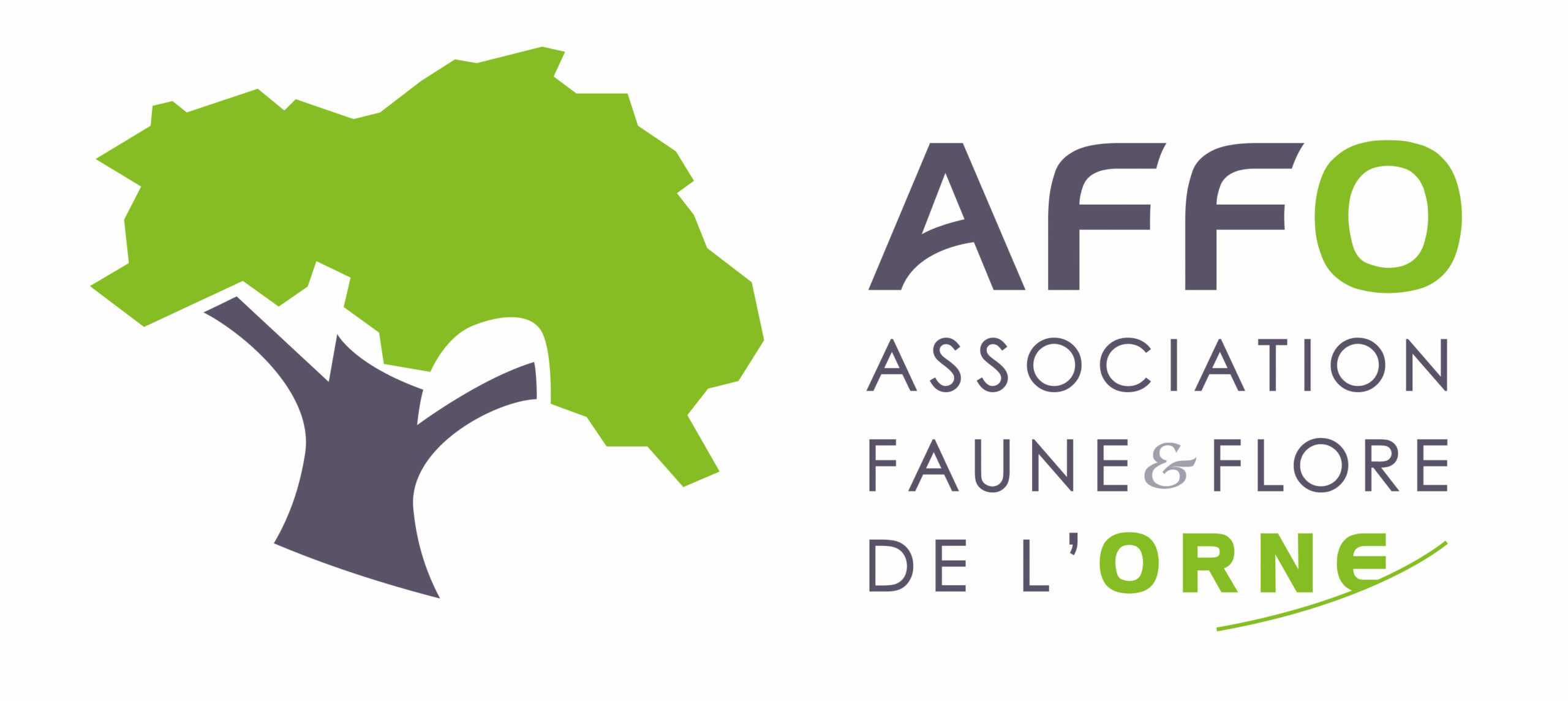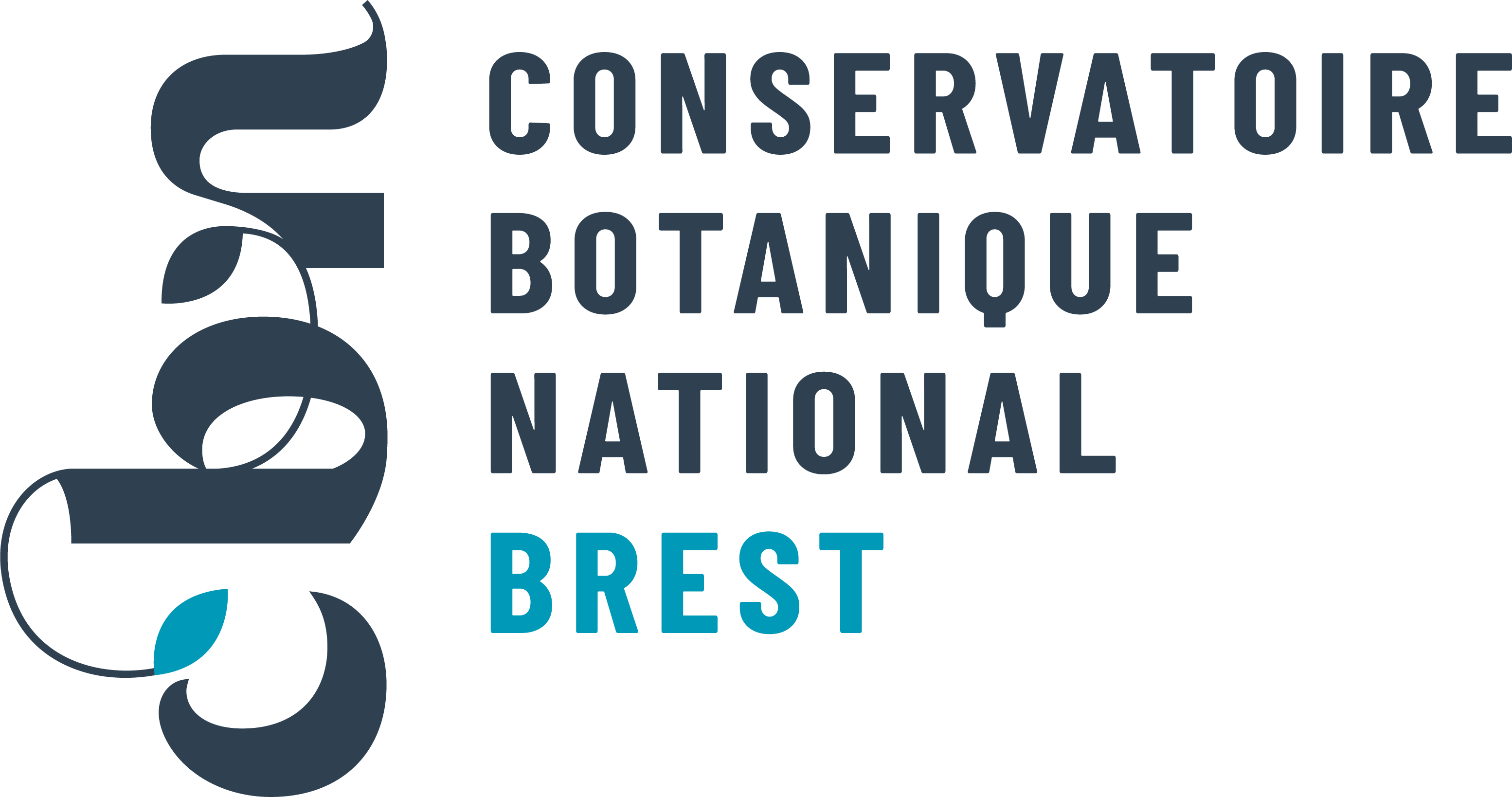Hêtre des forêts
Fagus sylvatica L., 1753
Où cette espèce a-t-elle été observée ?
 Attention : cette espèce peut être présente où il n’y a pas de maille, mais à ce jour elle n’y a pas encore été observée.
Attention : cette espèce peut être présente où il n’y a pas de maille, mais à ce jour elle n’y a pas encore été observée.
- 763 observations
-
119
communes -
71
observateurs
10
organismes -
Première observation
1866 -
Dernière observation
2025
Appenai-sous-Bellême - Arcisses - Authon-du-Perche - Bazoches-sur-Hoëne - Beaulieu - Beaumont-les-Autels - Belforêt-en-Perche - Belhomert-Guéhouville - Bellavilliers - Bellême - Bellou-le-Trichard - Béthonvilliers - Bizou - Bonsmoulins - Bretoncelles - Ceton - Champeaux-sur-Sarthe - Champrond-en-Gâtine - Champrond-en-Perchet - Chapelle-Guillaume - Charbonnières - Charencey - Chemilli - Comblot - Corbon - Coudray-au-Perche - Coulimer - Courgeon - Courgeoût - Cour-Maugis sur Huisne - Dame-Marie - Digny - Feings - Fontaine-Simon - Happonvilliers - Igé - Irai - Jaudrais - La Bazoche-Gouet - La Chapelle-Fortin - La Chapelle-Montligeon - La Croix-du-Perche - La Ferté-Vidame - La Framboisière - La Gaudaine - La Loupe - Lamblore - La Puisaye - La Ventrouze - Le Mage - Le Mesnil-Thomas - Le Pas-Saint-l'Homer - Le Pin-la-Garenne - Les Aspres - Les Autels-Villevillon - Les Corvées-les-Yys - Les Étilleux - Les Genettes - Les Menus - Les Ressuintes - L'Hôme-Chamondot - Loisail - Longny les Villages - Louvilliers-lès-Perche - Luigny - Manou - Marolles-les-Buis - Miermaigne - Montgaudry - Montireau - Montlandon - Mortagne-au-Perche - Moulhard - Moutiers-au-Perche - Nogent-le-Rotrou - Nonvilliers-Grandhoux - Parfondeval - Perche en Nocé - Pervenchères - Pontgouin - Pouvrai - Rémalard en Perche - Rohaire - Sablons sur Huisne - Saint-Aquilin-de-Corbion - Saint-Aubin-de-Courteraie - Saint-Bomer - Saint-Cyr-la-Rosière - Saint-Denis-sur-Huisne - Sainte-Céronne-lès-Mortagne - Saint-Éliph - Saint-Fulgent-des-Ormes - Saint-Germain-de-la-Coudre - Saint-Germain-de-Martigny - Saint-Hilaire-le-Châtel - Saint-Hilaire-sur-Erre - Saintigny - Saint-Jean-Pierre-Fixte - Saint-Jouin-de-Blavou - Saint-Langis-lès-Mortagne - Saint-Mard-de-Réno - Saint-Martin-des-Pézerits - Saint-Martin-du-Vieux-Bellême - Saint-Maurice-Saint-Germain - Saint-Ouen-de-Sécherouvre - Saint-Pierre-la-Bruyère - Saint-Quentin-de-Blavou - Saint-Victor-de-Buthon - Senonches - Soligny-la-Trappe - Souancé-au-Perche - Thiron-Gardais - Tourouvre au Perche - Val-au-Perche - Vaunoise - Vaupillon - Verrières - Vichères - Villiers-sous-Mortagne
-
Association Faune & Flore de l'Orne (AFFO)
Participation à 285 Observations
Part d'aide à la prospection : 37.35 %
Fiche organisme
-
Conservatoire Botanique National de Brest (CBNB)
Participation à 179 Observations
Part d'aide à la prospection : 23.46 %
Fiche organisme
-
PNR et géoparc mondial UNESCO Normandie-Maine
Participation à 169 Observations
Part d'aide à la prospection : 22.15 %
Fiche organisme
-
PNR du Perche
Participation à 152 Observations
Part d'aide à la prospection : 19.92 %
Fiche organisme
-
Institut national de l'information géographique et forestière (IGN)
Participation à 147 Observations
Part d'aide à la prospection : 19.27 %
Fiche organisme
-
Conservatoire botanique national du Bassin parisien (CBNBP)
Participation à 96 Observations
Part d'aide à la prospection : 12.58 %
Fiche organisme
-
UMS PatriNat (OFB-CNRS-MNHN)
Participation à 61 Observations
Part d'aide à la prospection : 7.99 %
Fiche organisme
-
Institut floristique franco-belge (IFFB)
Participation à 17 Observations
Part d'aide à la prospection : 2.23 %
Fiche organisme
-
Ministère de la Transition écologique et de la Cohésion des territoires
Participation à 5 Observations
Part d'aide à la prospection : 0.66 %
Fiche organisme
-
Conseil départemental de l'Orne (bureau ENS)
Participation à 4 Observations
Part d'aide à la prospection : 0.52 %
Fiche organisme
Informations espèce
Source : Biodiv'Écrins, Parc national des Écrins
G1.6 : Hêtraies
G1.7696 : Pre-Carpathian Quercus cerris-Quercus petraea s.l. forests
G1.82 : Hêtraies-chênaies acidophiles atlantiques
G1.87 : Chênaies acidophiles médio-européennes
G1.A161 : Chênaies-charmaies à Gaillet des bois
G1.A162 : Mixed lime-oak-hornbeam forests
G1.A163 : Boreonemoral spruce-lime-oak-hornbeam forests
G1.A166 : Carpathian hairy sedge oak-hornbeam forests
G1.A167 : Sub-Pannonic primrose oak-hornbeam forests
G1.A168 : Central sub-Carpathian oak-hornbeam forests
G1.A169 : Western boreal mixed deciduous forests
G1.A173 : Frênaies-chênaies calciphiles subatlantiques à Scilles
G1.A1C321 : Pre-Moesian Galium kitaibelianum oak-hornbeam forests
G1.A22 : British Fraxinus - Acer campestre - Mercurialis perennis forests
G1.A32 : Eastern Carpinus betulus woodland
G1.A41 : Forêts de ravin médio-européennes
G1.A42 : Forêts de pente hercyniennes
G1.A43 : Forêts de pente mixtes périalpines à Fraxinus et Acer pseudoplatanus
G1.A44 : Ormaies-chênaies pyrénéo-cantabriques
G1.A45 : Forêts thermophiles mixtes alpines et périalpines à Tilia
G1.A46211 : Moesian Geranium macrorrhizum ravine forests
G1.A464 : Eastern Carpathian ravine forests
G1.A51 : Tillaies occidentales
G1.A52 : Sub-boreal Tilia forests
G1.A53 : East-European Tilia forests
G3.111 : Sapinières neutrophiles intra-alpines
G3.112 : Sapinières neutrophiles hercynio-alpines
G3.114 : East Carpathian high montane fir forests
G3.132 : Sapinières acidophiles hercynio-alpines
G3.16 : Moesian Abies alba forests
G3.1F4 : Pessières montagnardes hercynio-alpines
G3.1F5 : Dinaric spruce forests
G3.421 : Pinèdes à Pin sylvestre subcontinentales
G3.4C1 : Thessalo-Macedonian Scots pine forests
G3.4C6 : Dinaric calcicole Scots pine forests
G4.32 : Boreonemoral heath-grass mixed forests
G4.5 : Mixed Pinus sylvestris - Fagus woodland
G4.6 : Forêts mixtes à Abies-Picea-Fagus
Répartition actuelle en France métropolitaine
© INPN - Avertissement : les données visualisables reflètent l'état d'avancement des connaissances et/ou la disponibilité des données existantes au niveau national : elles ne peuvent en aucun cas être considérées comme exhaustives.
Répartition actuelle dans le monde
Avertissement : les données visualisables reflètent l'état d'avancement des connaissances et/ou la disponibilité des données existantes au niveau mondial : elles ne peuvent en aucun cas être considérées comme exhaustives.













